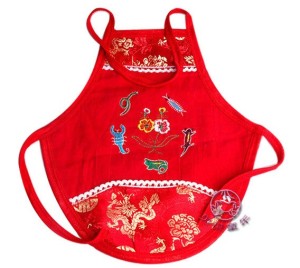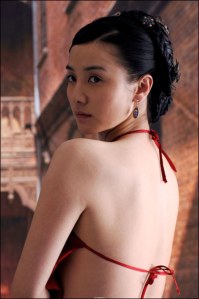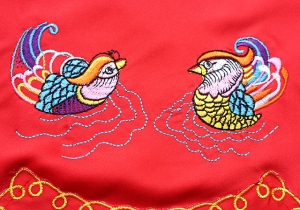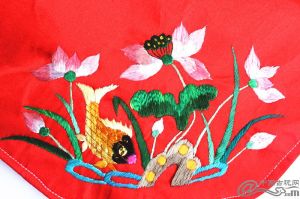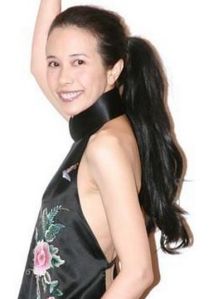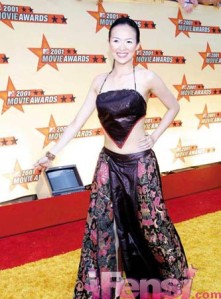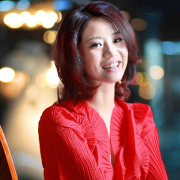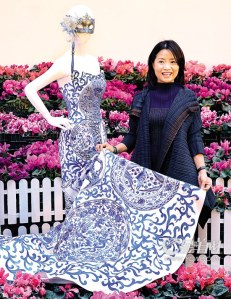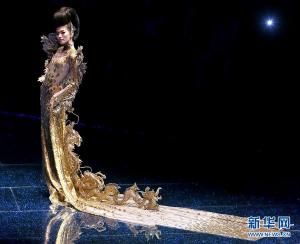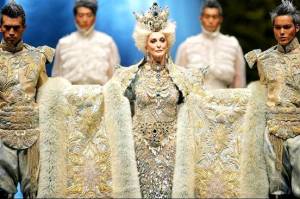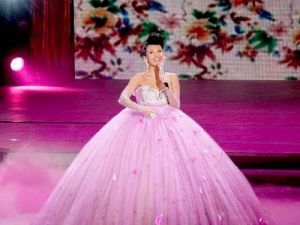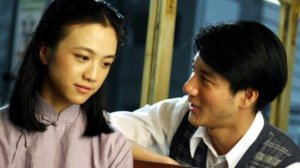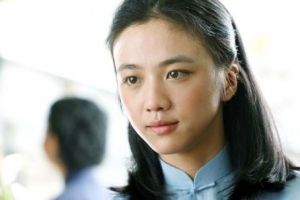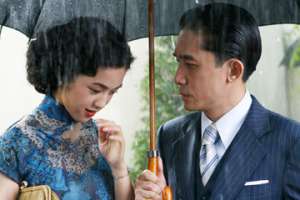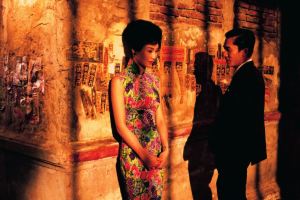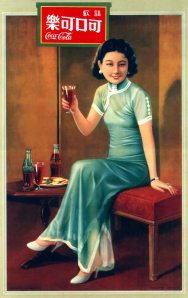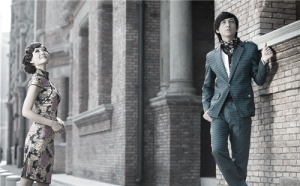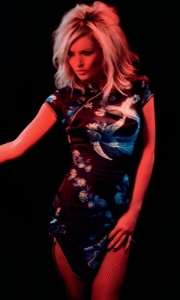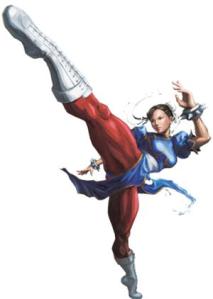What is it?
Dùdōu was traditionally worn by children as a bib or by women as a camisole. It generally consists of a diamond or kite-shaped piece of cloth, mostly silk for comfort, spread out across the body like an up-side down fan with the top cut into a narrow curve to fit the neck and the bottom would be either pointy or curved. One set of strings is tied around the neck just like a halter-top and the other set of string is tied behind the back like a bikini, like shown in this cute kid’s version.
And here is an example of what the back of an adult dùdōu looks like – who said traditional can’t also be va va voom!
A classic dùdōu is bright red in colour and elaborately embroidered with auspicious designs.
For example, the mandarin ducks (which always come in a pair) shown in this picture represent love and a happy marriage.
The lotus flowers and fish in this picture are traditional fertility symbols, which are worn to achieve the good fortune of having many children (particularly sons).
Fun historical facts
Dùdōu was basically worn as a bra (seeing there were no bras back then in China). However, I can’t imagine it being terribly supportive or good for reducing bounce during physical labour. Nor can I imagine it having any effect at creating cleavage.
But the design did serve a particular practical function: to keep the belly warm, which in Chinese medicine is important to preventing illness (a health tip for all you crop top lovers out there!)
How do you wear it?
With confidence! Toned arms and back as well as a tiny waist would no doubt help. Dùdōu also really shows off the collarbone and neck areas, and with some of the more contemporary designs, a hopefully tasteful view of the sideboob.
Dùdōu has made a strong comeback as sexy lingerie or a summer top for the more daring Chinese fashionistas – such as Karen Mok’s contemporary take in this little black number, which shows off her gorgeous face shape and those slender long arms:
Or Zhang Ziyi’s dominatrix-esque version worn at Cannes in 2000, with considerably less fabric than one would normally see.
It seems that the dùdōu has not yet been re-interpreted in mainstream Western fashion so I would say that this one definitely has fashion potential!
Disclaimer: I do not own the copyright in these images and have used them for fair dealing purposes only. Please leave a message if you think the use of any image has violated your rights and the image will be promptly removed.
